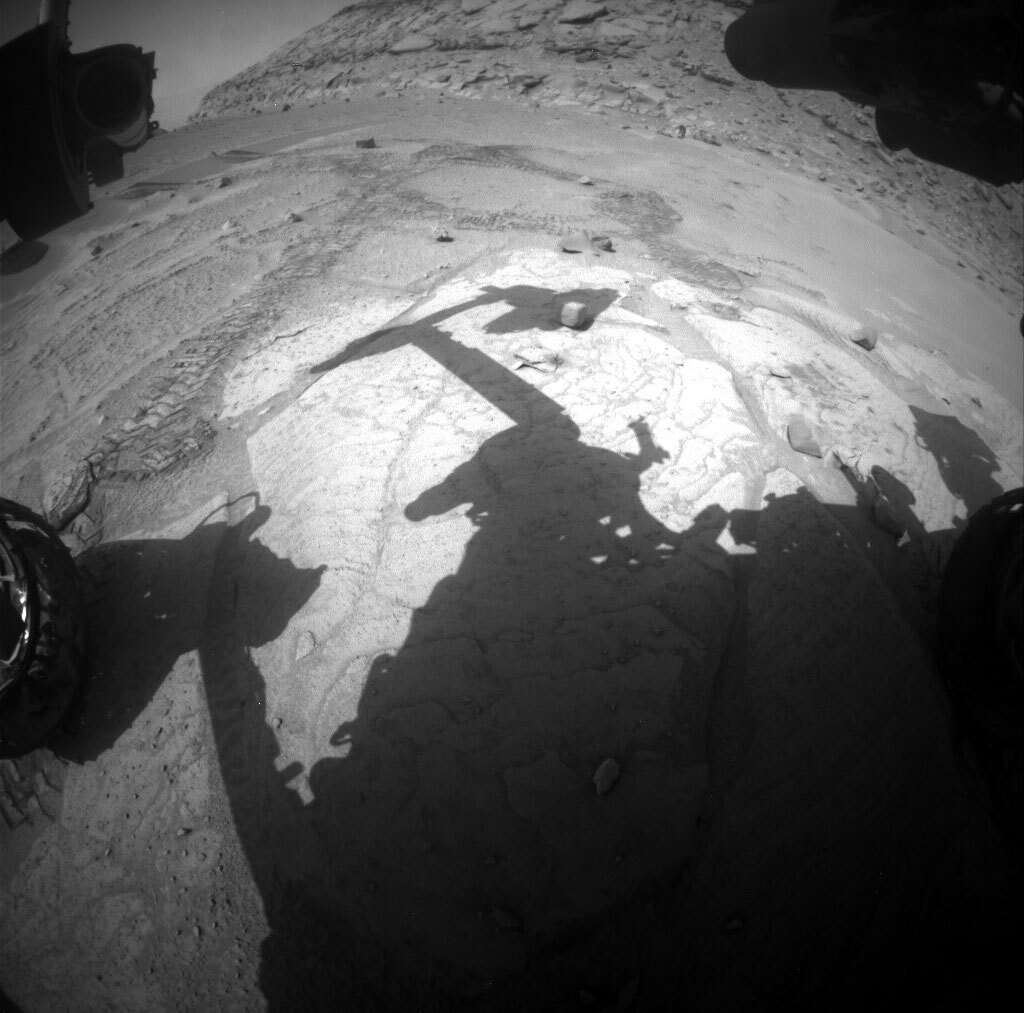2 min read

Curiosity is in the middle of a drill campaign at Tapo Caparo to characterize the rhythmically laminated unit of the Marker Band. Earlier this week CheMin got a first taste of this sample, and now it is SAM’s turn. The focus of the 3-sol weekend plan is to drop off some sample to SAM, and then perform an Evolved Gas Analysis (EGA) – which involves heating up the sample to very high temperatures and measuring the composition of gases that come out. It’s a power-hungry plan, but we were also able to get some more data for CheMin from the analyses in the previous plan, as well as some remote sensing.
In addition to the SAM and CheMin activities, Curiosity will be busy acquiring ChemCam observations of 3 different bedrock targets to see if there’s any variation in the different layers in the workspace. The plan also includes an RMI to help target a tiny spherical pebble with ChemCam LIBS in a future plan. Mastcam will take a few mosaics to document the local stratigraphy and start thinking about our ascent route after we wrap up this campaign. We’ll also document the ChemCam targets and keep an eye on the drill tailings and rover deck to monitor the movement of fines. The plan also includes a number of Mastcam and Navcam observations to monitor atmospheric opacity and search for clouds and dust devils. I’ve been on shift as LTP this week, so it’s been fun to think about how to fit all of the cool science into these plans and what we need to accomplish before leaving. I love the Front Hazcam image (above) which shows the shadow of the rover’s arm towering over the workspace – Curiosity we’ve asked you to do a lot this weekend, but you’ve got this!
Written by Lauren Edgar, Planetary Geologist at USGS Astrogeology Science Center







